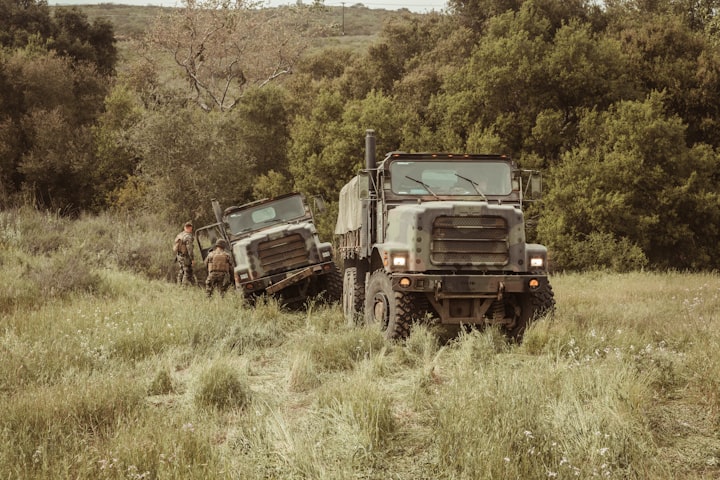Ajwain Cultivation – Guide For Planting And Harvesting
Ajwain Cultivation

The ajwain plant is of a bushy shape, and it is a plant of coriander species. A mixture of many types of mineral elements is found in Ajwain seeds, which is beneficial for our bodies. The oil extracted from it is used to make several medicines. There are three types of Ajwain - regular Ajwain, wild Ajwain and Khurasani Ajwain. Ajwain is used in the treatment of many kinds of diseases. It is also consumed in the form of spice, powder, decoction and juice. Moreover, it cures colds, indigestion, abdominal pain, arthritis, swelling of gums, and acne.
Season For Ajwain Cultivation
Ajwain is cultivated in the Rabi season, i.e. winter season. Moreover, excess heat is not good for the plant. Therefore, there is less need for irrigation in Ajwain cultivation. That's why it is produced in the Rabi season. The right sowing season to grow it in India is between August to September.
Ajwain Cultivation Process Explained
Ajwain is a popular spice crop, and its commercial cultivation generates higher profits for farmers. Below is the step-by-step guide to growing Ajwain:
Soil And Climate For Ajwain Cultivation
Well-drained fertile soil is considered suitable for Ajwain cultivation. If you want more yield, you should cultivate it in sandy loam soil. It cannot be grown on land with high moisture and waterlogging. For Ajwain cultivation, the pH value of the field should be between 6.5 to 8.
Apart from this, the Ajwain plant is of tropical climate. That's why its plants require a cool climate to grow well, but during the ripening of flower seeds, its plants require a hot climate and open sunlight.
Ajwain plants require a temperature of 20 to 25 degrees Celsius to grow in the beginning. In the winter season, these plants grow well at a minimum temperature of 10 degrees. Moreover, Ajwain seeds planted in plants require a temperature of up to 30 degrees to ripen.
Field Preparation In Ajwain Cultivation
For Ajwain cultivation, loose and clean soil is required. Moreover, plough the field thoroughly 2 to 3 times with the help of the Sonalika 42 Tractor to remove the residues of old crops in the area. After this, leave the field like this for a few days, due to which the strong sunlight will destroy all the harmful insects in the soil.
After ploughing, old rotten cow dung manure is added to the field and mixed well with the soil. To mix the manure well in the soil, plough the area two to three times with the help of a cultivator and later plough the field by applying water. After a few days of ploughing, the field's topsoil starts appearing dry, and then the field becomes loose with the Sonalika 750 Tractor. After this, level the field by placing a plank in it.
Transplanting And Sowing
The Ajwain crop can be grown by planting seeds and plants in both ways. Moreover, the plants are prepared in the nursery a month in advance for transplanting the plants in the field. If you want to sow the seeds in the field, before sowing, the seeds should be treated with the right amount of Bavistin. After this, its seeds should be planted in the field.
Irrigation And Fertilizer Management In Ajwain
Immediately after transplanting the Ajwain plant, its first irrigation should be done. While irrigating, the flow of water should be kept slow so that there is no danger of its seeds flowing away. Ajwain plants only require a little irrigation. Moreover, irrigation should be performed every 10 to 15 days only when needed during the sprouting period.
Ajwain cultivation only requires a little fertiliser. Manure is given at the time of preparing the field. For this, 12 to 15 tons of old rotten cow dung manure is mixed well in the soil, and about 80 kg of NPK is applied as chemical fertiliser. The quantity of manure should also be used in the field at the time of the last ploughing. Apart from this, 25 kg of urea fertiliser should be put in the area during the growth of plants and after irrigation.
Weed Control In Ajwain Cultivation
Weed control in Ajwain plants should be done only in a natural way. Moreover, the unwanted plants should be removed by hoeing every 25 to 30 days.
Ajwain Harvesting And Yield Profit
The Ajwain plant is ready to harvest in about 140 to 160 days after transplanting. The bunches planted in Ajwain plants appear brown after ripening. At that time, its plants are harvested and collected in the field and dried properly. When its grains are well dried, these bunches are separated from the grains by beating them with a wooden stick.
Stay tuned with us for more information about the cultivation of different crops.
About the Creator
The Sustainable Seedling
The Sustainable Seedling delves into the joyful world of planting, cultivating not just vibrant blossoms and bountiful harvests, but also a respect for our planet. Discover eco-friendly practices, tips for urban green spaces.






Comments (1)
good information should use some keywords in your article like i do